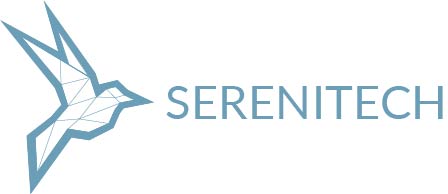In today’s globalized world, businesses face the challenge of providing the best possible customer service across multiple languages. A California-based company – Alorica is revolutionizing the customer service landscape with cutting-edge AI technology.
With the rapid advancement of AI technology, many have expressed concerns about potential job losses. However, reality paints a different picture. Far from reducing its workforce, Alorca continues to hire aggressively.
This trend isn’t unique to Alorica. Other companies, such as furniture giant IKEA, are also embracing AI without sacrificing jobs. Instead, they’re focusing on retraining and upskilling their workforce to handle more complex tasks.
Alorca’s innovative solution enables customer service representatives to communicate effortlessly with clients in an astounding 200 languages and 75 dialects.
“Those who used the chatbot, the study found, proved 14% more productive than colleagues who didn’t. They handled more calls and completed them faster. The biggest productivity gains—34%—came from the least-experienced, least-skilled workers.” (Reference: Time.com)

The Evolution of AI in Customer Service
AI has come a long way since its early days. From the Logic Theorist of the 1950s to modern voice assistants like Siri and Alexa, technology has continuously evolved. The recent introduction of generative AI tools like ChatGPT has further accelerated this progress.
While some fear that chatbots might replace human workers in certain fields, the reality is more nuanced. AI is often being used to complement human skills rather than replace them entirely.
Over a six-month period, a group of 850 Alorica representatives reduced their average handle time from over 8 minutes to 6 minutes. This improvement allows them to field 10 calls per hour instead of 8, resulting in an additional 16 calls handled in an eight-hour day.
AI: Enhancing, Not Replacing, Human Workers
Contrary to popular belief, AI is not necessarily a job killer. Instead, it’s often used to augment human capabilities and improve efficiency. For instance:
- IKEA introduced a customer service chatbot to handle simple inquiries, freeing up 8,500 workers to focus on more complex tasks like interior design advice.
- A study by researchers from Stanford University and MIT found that customer support agents using AI-based assistants were 14% more productive than their colleagues who didn’t use the tools. (Reference: National Bureau of Economic Research)
- The least experienced workers saw the biggest productivity gains of 34%, highlighting AI’s potential to level the playing field. (Reference: Time.com)
- An MIT Study published in 2022 states “Roughly 60% of employment in 2018 is found in job titles that did not exist in 1940.”
Embracing the AI Revolution
While it’s natural to feel apprehensive about new technologies, the evidence suggests that AI is more likely to transform jobs than eliminate them entirely. By embracing AI and focusing on developing new skills, both businesses and workers can thrive in this new era of customer service.
As we move forward, it’s clear that the future of customer service will be shaped by a harmonious blend of human empathy and artificial intelligence. This powerful combination promises to deliver enhanced levels of service, breaking down language barriers, and allowing people to focus on more interesting tasks.

